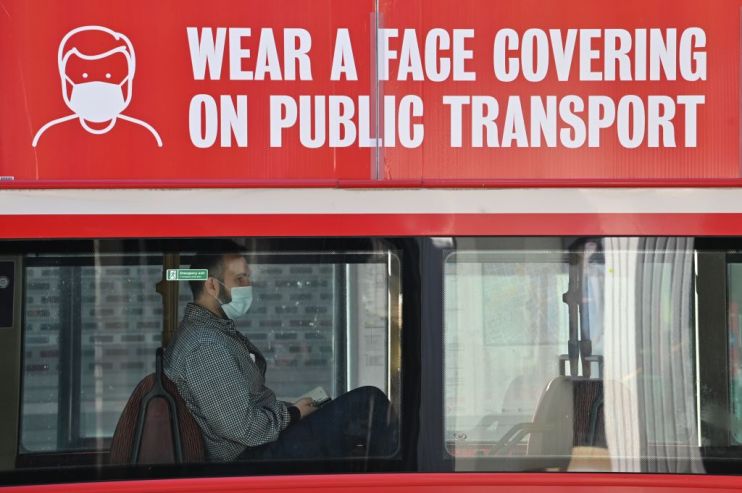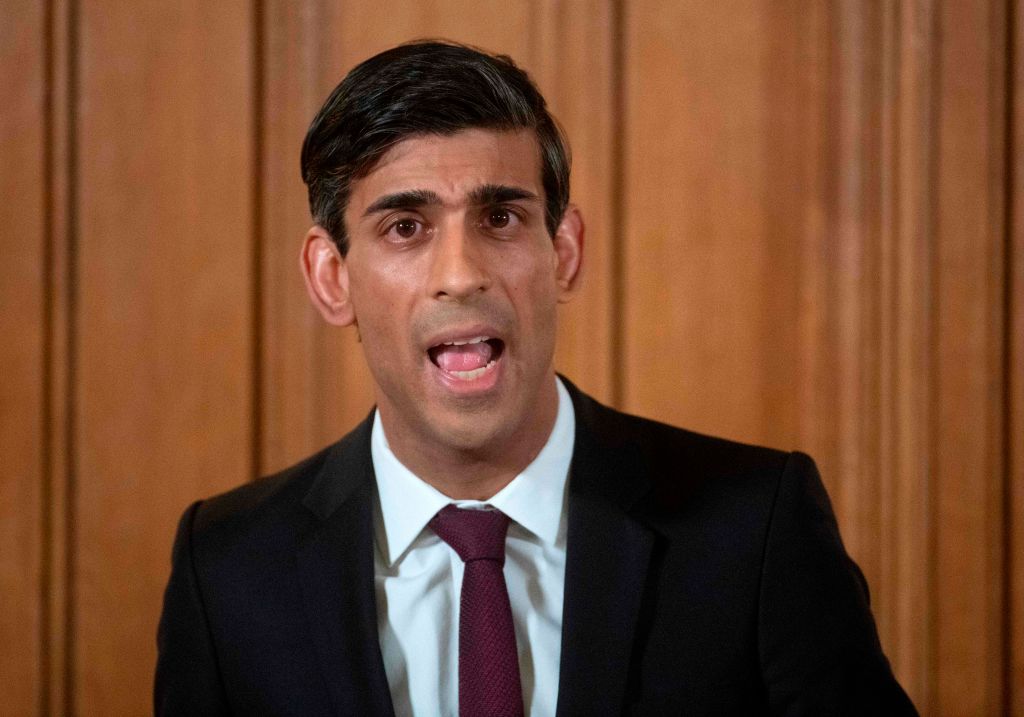UK unemployment: 650,000 Brits lose jobs in lockdown

Around 650,000 people lost their jobs between March and June, official figures showed today, as the UK labour market “weakened markedly” during lockdown.
Job losses led to a 0.3 per cent drop in total pay in May compared to a year earlier, the Office for National Statistics (ONS) said. That is a 1.3 per cent drop when taking inflation into account.
Nonetheless, the UK unemployment rate beat expectations and stayed at 3.9 per cent in the March to May period, the same as the previous three months.
The Office for National Statistics (ONS) said it did not rise because although more people are out of work they are not currently looking for a job.
And the pace of the decline in the labour market slowed in June, with the bulk of the job losses coming in the earlier months of March to May.
The figures do not take into account the slew of recent job cuts announced at firms like Boots and HSBC, however.
Yet Mike Brewer, chief economist at the Resolution Foundation think tank, said: “Our official data is failing to show the true extent of this jobs crisis.”
The UK’s budget watchdog this week predicted job losses in the millions by the end of the year.
The UK unemployment data came two days after figures showed that the economy grew just 1.8 per cent in May after April’s crash of 20.3 per cent. That was well below the 5.5 per cent growth analysts were expecting.
Today the pound fell 0.3 per cent against the dollar to $1.2553.
Economists predict a wave of unemployment as the government’s job retention scheme is gradually wound down by October. The scheme pays the wages of workers who may otherwise be laid off and supports more than 9m jobs.
Job vacancies plunge as UK unemployment flatlines
Chancellor Rishi Sunak unveiled a £30bn stimulus plan to protect jobs in the autumn last week.
But James Reed, chairman of recruitment firm Reed, said that even with the support measures “the labour market is on a knife edge” and “the risk of mass unemployment remains high”.
And ING economist James Smith warned there is “little doubt” that unemployment will increase in the coming months.
“The gradual unwinding of the job retention scheme over the summer is being seen as a potential catalyst for firms to begin making changes,” he said.
“The jury is out on how far the new government bonus scheme will cushion the blow.”
Sunak has committed to paying a £1,000 bonus for every furloughed worker companies bring back by the end of October.
“Assuming the rise in unemployment is initially concentrated among previously-furloughed workers, then it’s likely to disproportionately affect younger, lower-paid employees from poorer parts of the UK,” Smith noted.
“That’s according to the latest data on the job retention scheme, which we’ve mapped against pay levels in the charts below.”
Job vacancies in the April to June period were at their lowest level since similar records began in 2001, the ONS said. This shows the extent to which hiring has dried up during the coronavirus pandemic.
UK jobs: Number of new starters shrinks

Tax and survey data showed that the number of new starters has fallen dramatically.
“As the pandemic took hold, the labour market weakened markedly,” said ONS deputy national statistician Jonathan Athow. “But that rate of decline slowed into June, though this is before recent reports of job losses.”
“The labour force survey is showing only a small fall in employment, but shows a large number of people who report working no hours and getting no pay.”
Yesterday, data showed that inflation picked up to 0.6 per cent in June year on year from 0.5 per cent in May. It was driven in large part by people buying computer games in lockdown.
“We know that people are worried about their livelihoods which is why we’ve put in place a plan for jobs,” employment minister Mims Davies said.
“A crucial part of that is doubling the number of frontline work coaches so that every jobseeker gets support to find work as well as launching the Kickstart scheme to create hundreds of thousands of new, fully subsidised jobs for young people across the country.”
What comes after furlough?

The CIPD, the professional body for HR, warned today’s small increase in UK unemployment numbers is at odds with other economic indicators.
“The jobs market appears resilient on the surface, owing largely to a modest rise in redundancies,” said senior labour market adviser Gerwyn Davies.
“However, the sting in the tail is the record fall in demand for workers – especially in the worst-affected sectors such as accommodation and food services – and the sharp drop in the number of hours worked.
“The situation can only deteriorate rapidly over the rest of the summer and into the autumn as young people enter the labour market.”
Furlough has cost the government £28.7bn so far, covering 80 per cent of 9.4m workers’ wages. But Howard Archer, the chief economic adviser to the EY Item Club, questioned whether Sunak’s follow-up employment initiatives can boost jobs to fuel the UK economy’s recovery.
“The chancellor has clearly sought to protect as many jobs as possible once the furlough scheme ends in October,” he said. “However, it is uncertain how effective these measures will be, and he may well need to come up with further measures in the Budget.
“Fuelling concerns over the labour market, a substantial number of redundancies have been announced so far in July across a number of sectors, and particularly in the retail sector.”
“It is critical both for the economy’s near-term recovery prospects… that as many jobs can be saved as possible.”